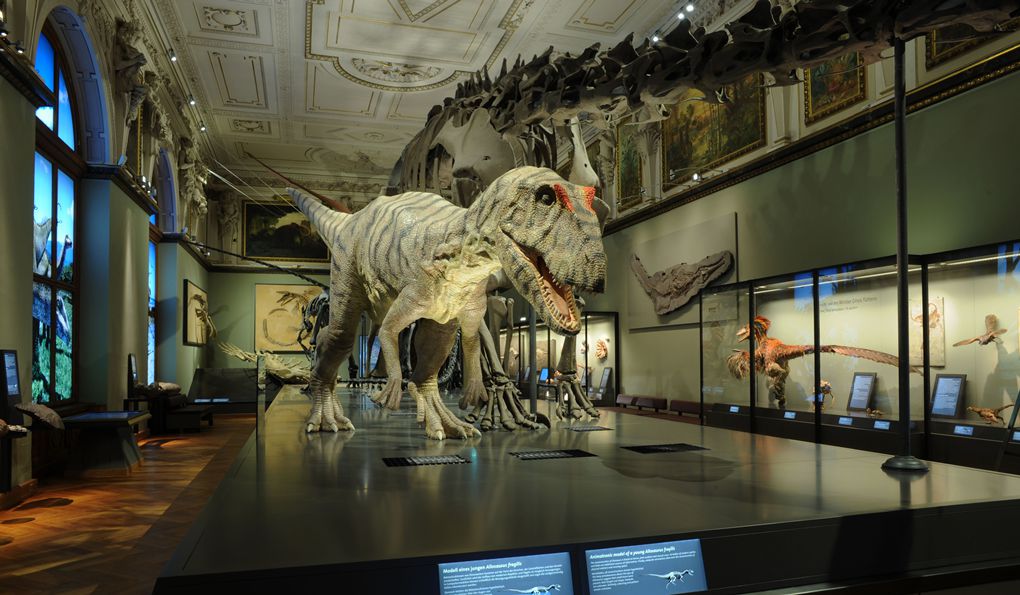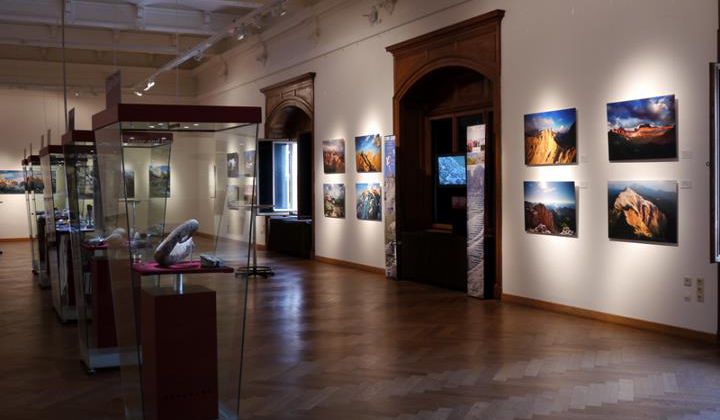Natural history museums are not uncommon in major cities around the world, but the Natural History Museum in Vienna is considered one of the richest and most interesting.
Parents and their children can often be seen perusing the exhibits, and Austrian schoolchildren are regularly given natural history lessons by their teachers in the museum's halls.
The popularity of the place is proven by the statistics: more than half a million tourists visit it every year! So what can the Natural History Museum tell and show its young visitors? Let's find out.
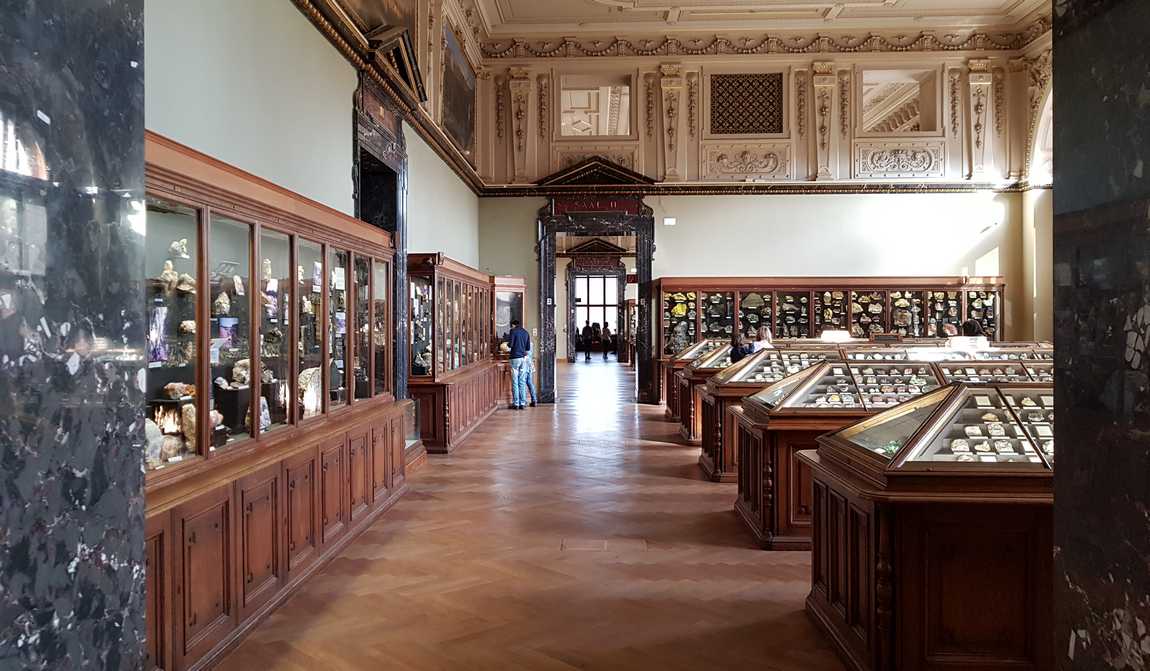
Some history
The Natural History Museum of Vienna is one of the largest natural history museums in Austria, with an extensive collection of specimens collected by the Habsburg dynasty over several centuries.
The oldest collections in the Vienna Museum of Natural History date back more than 250 years. It was Emperor Franz I Stephan of Lorraine, husband of Empress Maria Theresa, who in 1750 purchased the world's largest and most famous natural history collection from the Florentine scientist Jean de Bayou, comprising some 30,000 natural objects. These included rare minerals and precious stones, unique species of shells and snails. This was the first step towards the establishment of a natural history museum in Vienna.
The emperor adored his collection and is said to have visited it every day. He spared no expense in adding to it. For example, he paid the enormous sum of 4000 gulden for the very rare and precious goletrap snail (Epitonium scalare), which was equivalent to the annual salary of one of the most senior members of his court.
As the years passed, the collection grew and the halls of the Habsburg palace became too small. It was decided to build a separate building for it. The new museum was built in 1889 by two famous architects, Gottfried Semper and Baron Carl von Hasenauer.
Museum exhibitions and collections
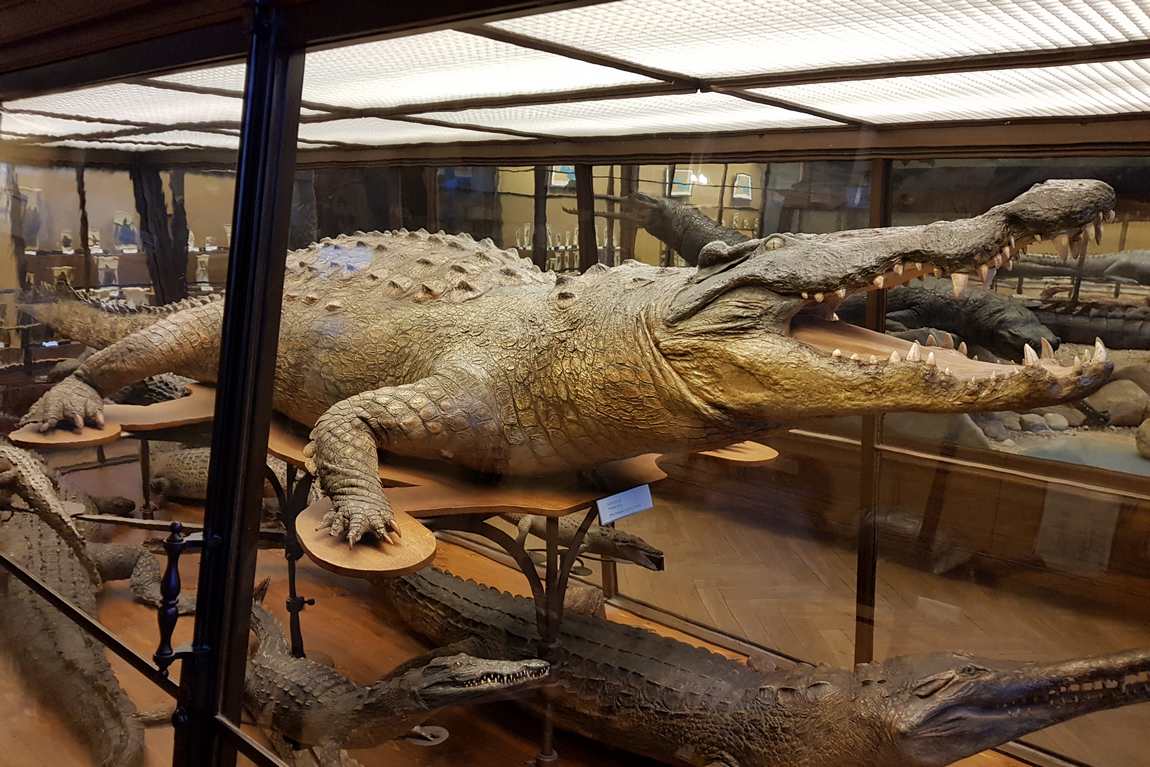
Step inside the museum and be amazed at how much is on display in its 39 rooms. The giant skeleton of a diplodocus, animals and plants that no longer exist on earth, the famous Venus of Willendorf with its voluptuous forms, precious stones and many other equally interesting objects will leave you in awe.
The collection is divided into several sections: mineralogical (collections of minerals, nuggets and gemstones), palaeontological (collections of fossils, dinosaur and other reptile skeletons) and zoological (collections of insects, fish, birds, snakes, amphibians and mammals).
Today, the museum's immense collection of some 30 million specimens tells the story of the evolution of the Earth's flora and fauna, the solar system, the development of geological processes and the culture of the first tribes. The world's largest collection of meteorites, a collection of gemstones and minerals, everyday objects from prehistoric times and a fascinating collection of stuffed animals — all under the roof of the Natural History Museum Vienna.
So it's time to embark on a fascinating journey that will take your children through the evolution of the ancient and modern world. One of the most interesting rooms in the museum, which tells the story of the life of ancient lizards, was opened in 2011. You can see the giant Allosaurus, which not only displays its strength and power, but can also roar and move. There are also the remains and skeletons of many other ancient animals.
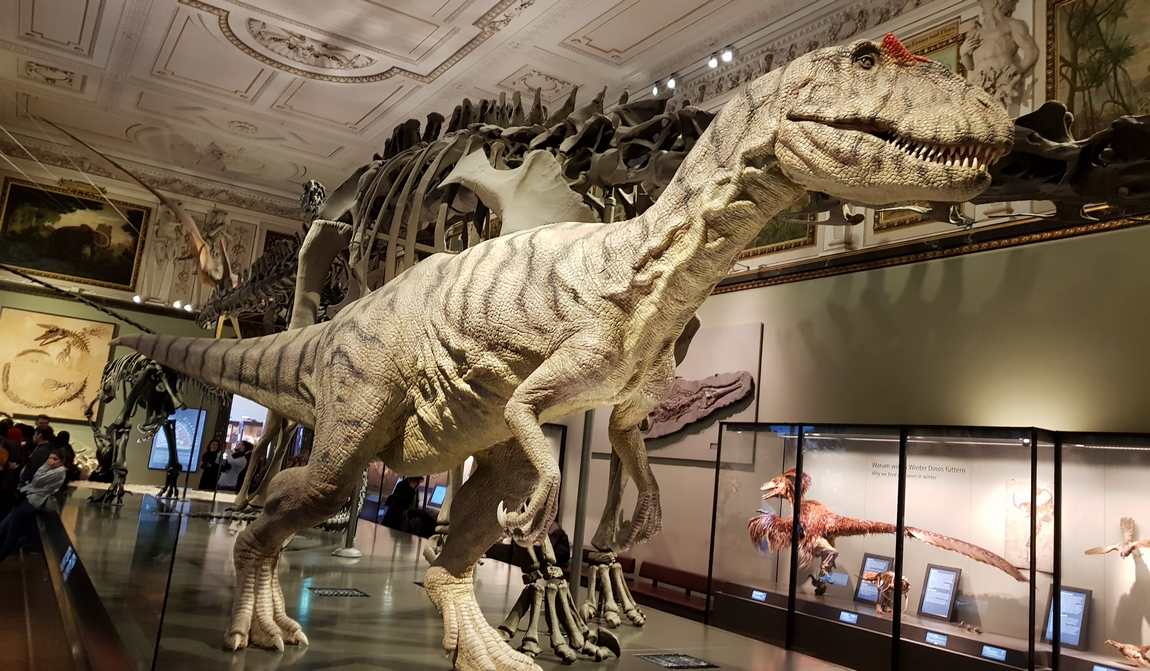
As you wander the halls of the Natural History Museum in Vienna, don't forget to visit the gem exhibition. The most unusual and rare stones sparkle, shimmer and glitter in this room. Here you can admire a topaz weighing 115 kg or a golden nugget weighing more than 70 kg.
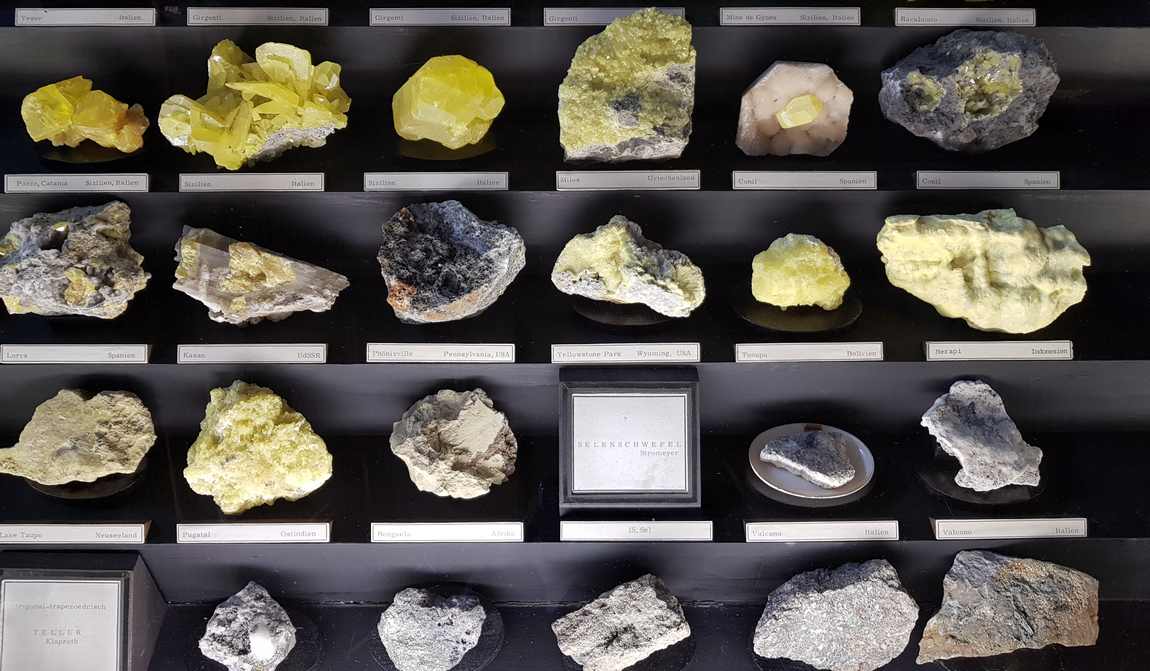
Don't miss the meteorite hall. Your children will be amazed at the size of the meteorites that once fell to earth. Part of Europe's largest meteorite, the 300 kg Knyahinya, discovered in Zakarpattya in 1866, is on display here.
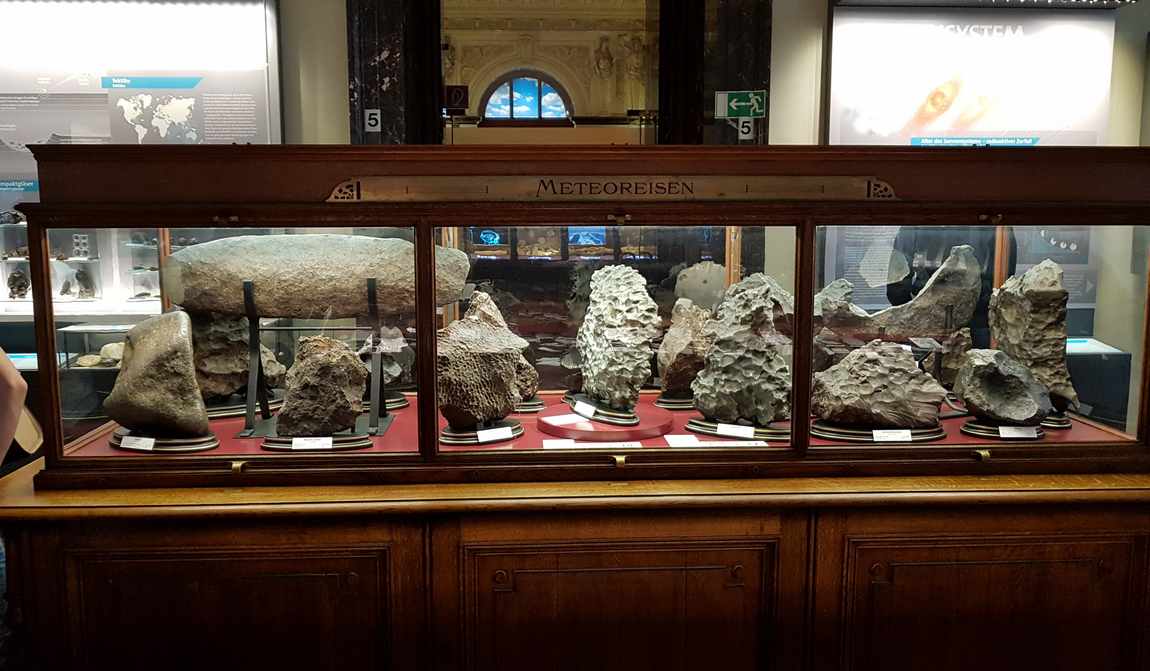
It is worth noting that many of the exhibitions are interactive, making a visit to the museum an unforgettable experience. For example, you can create a lightning bolt and blow up a volcano, examine the structure of a bone in 3D, look at micro-organisms through a microscope and take a picture of yourself in an ancient costume.
The fauna department has a large collection of stuffed birds and animals. The collection at the NHM Vienna numbers between 80,000 and 100,000 animals from all groups, including historical specimens from the late 18th and early 19th centuries as well as species that have become extinct over the course of history (e.g. Tasmanian tiger, crescent-tailed wallaby, quagga and blue antelope).
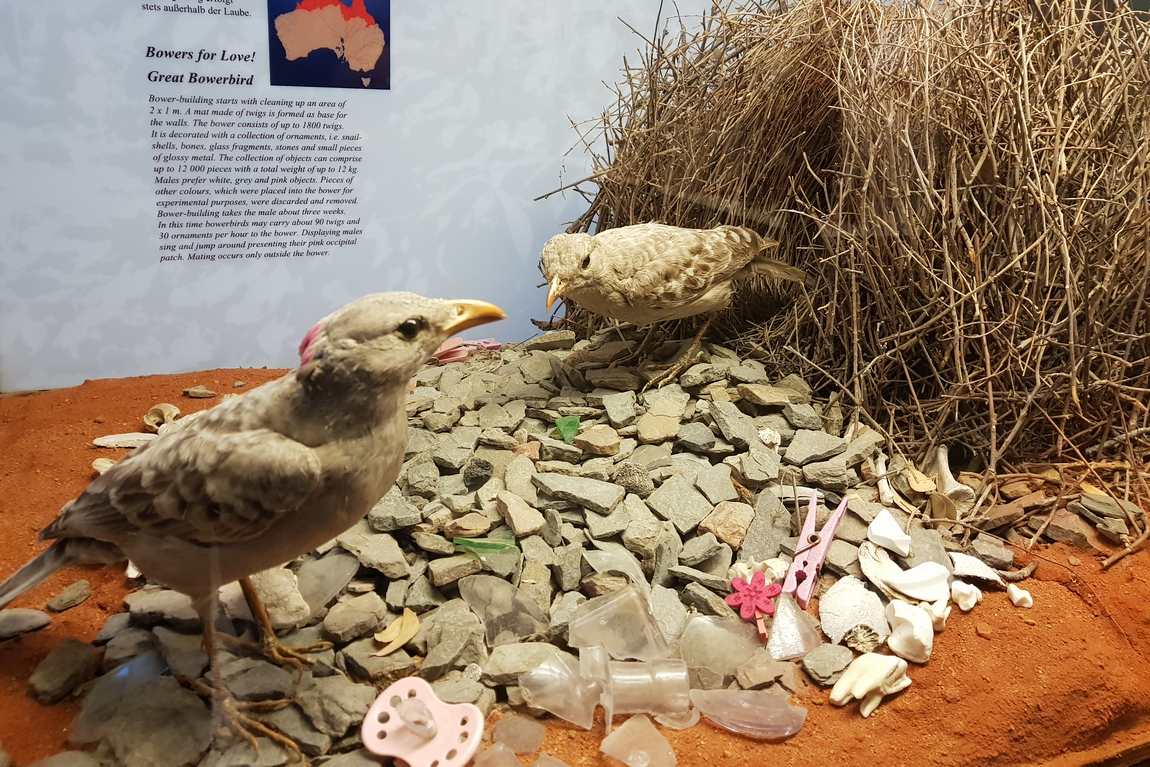
Most of the specimens are skins, skeletal preparations, furs and spirit preparations, but there are also around 2,000 dermoplasts. An equally interesting hall in the Natural History Museum Vienna is devoted to the origins of man and the evolution of life on earth.
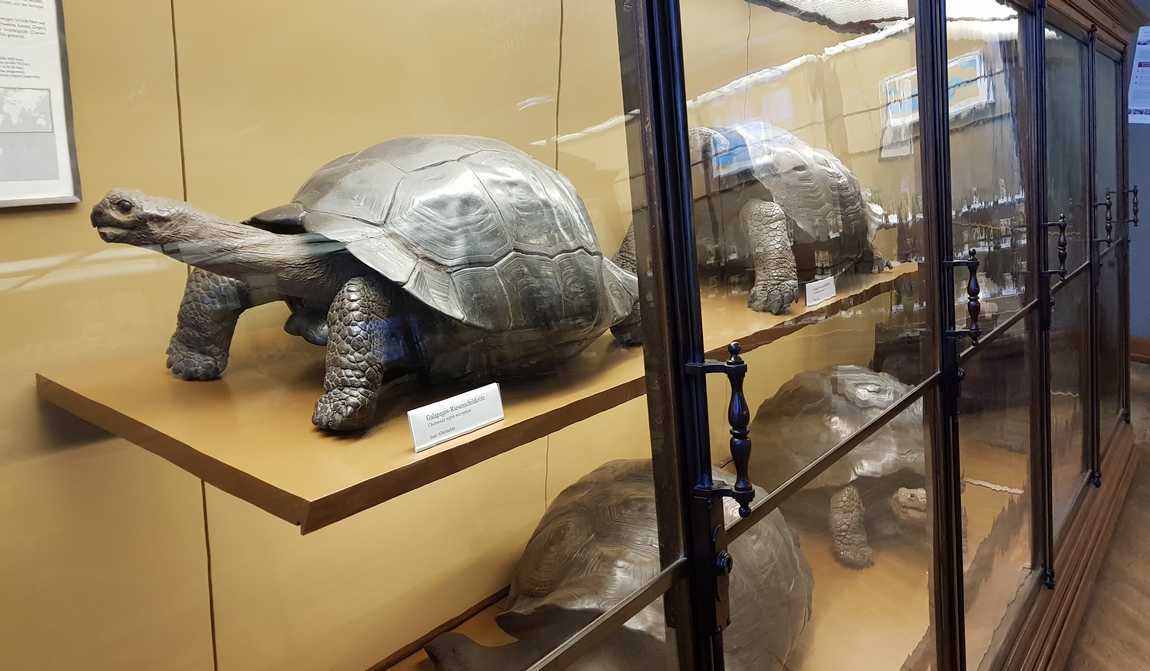
Watch the documentary about man's conquest of the earth before you start your tour, then wander around the exhibits of prehistoric people, look at their tools in the display cases and use the interactive screen to find out what your ancestor looked like, e.g. from the Neolithic period.
A stand in this room is dedicated to Ötzi, also called the Iceman, whose ice mummy was discovered in September 1991 in the Ötztal Alps (hence the nickname "Ötzi") on the border between Austria and Italy.
We recommend that schoolchildren visit the museum: It has a lot to offer, especially as admission is free for children and young people.
As the Natural History Museum in Vienna is quite large, allow at least 4 hours to get around. If you plan to visit the museum with children, take short breaks between halls.
There is a café on the top floor of the museum where you can enjoy a la carte food and drinks. When you get to the top, the roof of the museum, you'll be impressed by the picturesque panorama of the old part of the Austrian capital.
If you are planning an excursion with your child in Vienna, be sure to include the Kunsthistorisches Museum, next door to the Natural History Museum, in your itinerary.


